
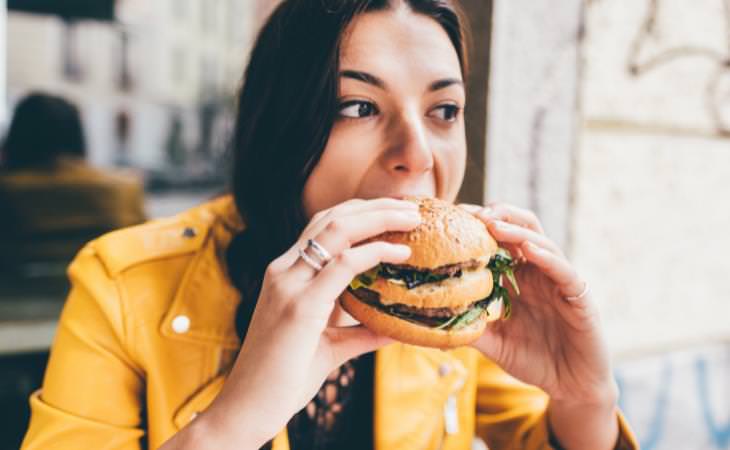
As you know, we eat not only with our mouth but also with our eyes and nose. The food has to look appealing and smell enticing. Our sense of taste is greatly affected by the sense of smell. But did you know we also eat with our ears? Yes, the texture of food is determined by both the sound it makes and the sensory receptors in our mouths. That's why pop rocks are such fun - they stimulate (almost) all the senses!
The sensitivity of children to texture is the product of experience and expectation. They're still collecting data about the world. They can expect the food to be crunchy when it is creamy instead, and that will be unsettling.

Why do we globally like crunchy food then? That's simple: the crisp texture is associated with freshness, contributing to our overall satisfaction.
But there's more to it. The sounds you hear inside your head and the force you put in your jaw, send stimulating signals to the brain. It is a parade of electricity inside your skull and it can even help in the development of children's brains, once they grow the teeth for it.
But wait, there's even more. You know how the little ones love chewing and biting their toys. This habit isn't exclusive to toddlers. Chewing is one of the few sensory pleasures that last throughout our lives. In other words, we enjoy chewing as much as the children do. It's not without reason that living on a diet of juices can be so depressing for the elderly.
The chewing action increases blood and oxygen flow to the brain, which in turn increases brain function. This is one of the many reasons we feel and think sharper after a light meal. A Swedish study from 2012 suggests that elderly people who could chew hard foods were less prone to cognitive impairment!
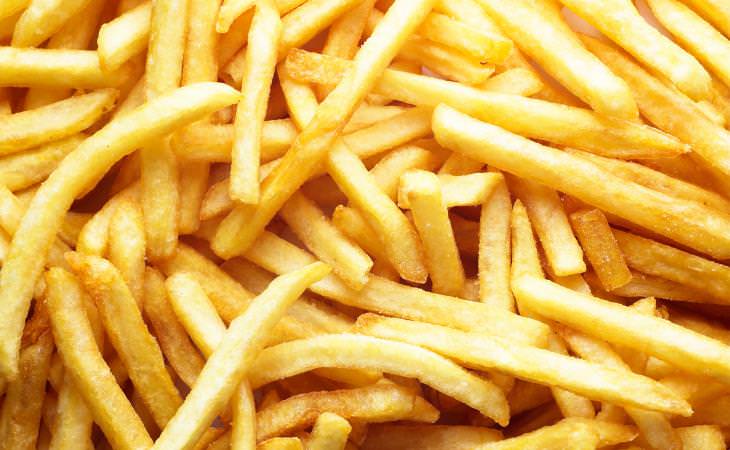
 5:21
5:21
A Few Facts You Probably Don’t Know On Salmon
Salmon - the different varieties, health benefits and more interesting facts you probably didn’t know about this popular fish
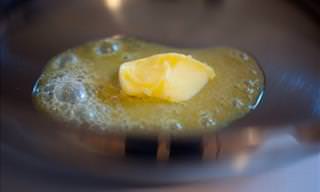
20 Useful Facts About the Science of Cooking
The science behind cooking is not often thought of, but it plays a crucial role in a dish turning out right. Here are 20 facts on the science of cooking.
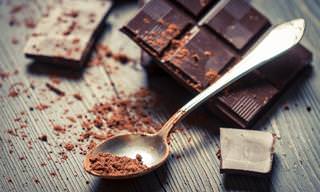
Dark Chocolate Is a Treat You Can Eat MORE Of - Here's Why
Now you have a real excuse for eating more dark chocolate - all you have to do is cite this article and quote the 10 health benefits written inside!
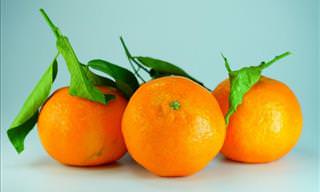
THIS is Why Tangerines Are So Darn Healthy
We bet you had no clue this tiny fruit was beneficial to your body in so many ways!
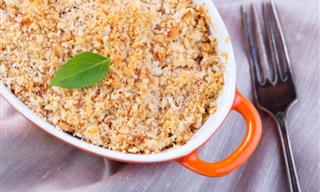
2 Ways to Use Granola Not in Breakfast
Here are 2 ways to use granola and oats beyond breakfast.

Is This the Secret of the Healthiest Village in the World?
Acciaroli in Italy has so many centenarians that researches decided to find out what their longevity secret is. This is what they found.
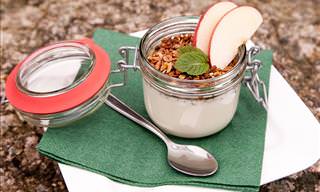
These Uses For Yogurt Will Leave You Very Surprised
Yogurt can do a whole lot more than just taste nice. In fact, it has many different uses. Here are 10 alternative uses for yogurt.

If You Pre-Rinse Your Dishes, You Need to Stop Right Now!
This is why you’re not supposed to pre-rinse your dishes before putting them in the dishwasher.
 9:36
9:36
10 of the Best Ways to Hide Money When Traveling!
In this video, you’ll see ten great ways to hide your money for that extra peace of mind.
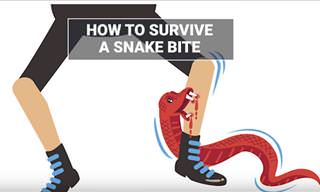 5:21
5:21
Learn How to Survive Being Bitten by a Snake
Learning how to deal with a snake bite might just save your life one day!
 8:02
8:02
DIY Dog Nail Trimming: Keep Your Pup's Paws Healthy
Why visit a vet to trim your pup's nails? Do it at home with these easy-to-follow instructions.

9 Tips for Smelling Good All Day Long
Everyone feels self-conscious about the way they smell sometimes. These 9 tips will help you smell good and maintain it during the day.

Warning! Don't Fall For These Common Marketing Tricks!
Here are ten common marketing ploys that you should be aware of, which will help you spend your money in a more informed manner.

These Fun Games Will Help Boost Your Memory
Seniors will benefit greatly by playing these memory-enhancing games. Oh, and they are fun!

Got Dark Knees and Elbows? 8 Remedies That'll Help
Put an end to dark knees and elbows with these 8 natural remedies.

How to Create a Low-Maintenance Garden
This guide will provide practical advice on designing and maintaining a low-maintenance garden, from plant choices to time-saving techniques.
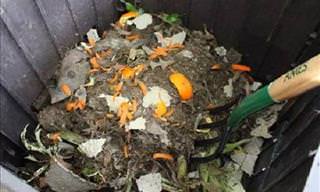
Enrich Your Soil with This Easy-To-Make Compost
Enrich your soil and provide your plants with all the nutrient that they need by making this compost.

8 Reasons Why You Should Always Have Shower Caps Handy!
Shower caps are a lot more useful than you could ever imagine. Take a look!
 4:01
4:01
The Operating System of Life
Dive deep into the cells of our body and be amazed at the incredible work they do!

Eat Eggs? Keep Those Egg Cartons, They're Very Useful...
Egg cartons can be used for many diverse purposes.
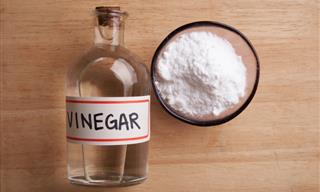
Clean Your Washing Machine With This Easy DIY Cleaner
This natural DIY formula will keep your washing machine safe and clean.
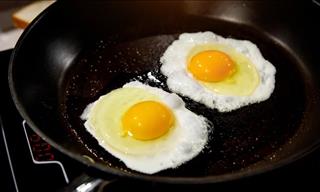 12:05
12:05
DO NOT Make These Mistakes When Frying an Egg
For a quick lesson in frying an egg, just watch this vidoe guide.
 1:17
1:17
A Better Way to Tie Your Gym Shorts or any Drawstring
Here's a nice new knot for you to try that is both incredibly strong and easy to do.
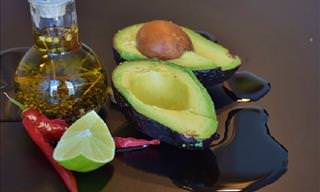
Follow These 3 Easy Steps to Ripen an Avocado in Minutes
This foolproof trick will make your rock hard avocado soft and creamy in mere minutes. Just follow these simple instructions...

I’ve Found a Natural Remedy for Those Red Bumps on the Skin
A natural remedy to erasing those red bumps that appear on your arms without visiting the dermatologist. You only need to ingredients, which are easily found at the grocery store.

DIY Body Oils: Nourish Skin with These 6 EASY Recipes
Nourish your skin with these amazing homemade body oils.

Can't Name that Color? Just Use Our Handy Color Guide...
No more arguing about what color it is, from now on you have all the colors at your fingertips...

Say Goodbye to Shrunken Clothes with This Neat Laundry Trick
Recently I accidentally shrunk my favorite pair of pants. I was preparing to bid them farewell until my friend suggested a laundry trick that would revert them back to their former length. I didn’t even know this was possible. See how it's done!
 16:42
16:42
Plant Nutrients Explained: EVERYTHING You Need to Know
Understanding plant nutrition is key to having healthy plants and a healthy garden.
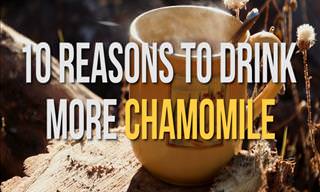
10 Reasons Why You Should Drink More Chamomile Tea
Chamomile tea has an incredible amount of uses! Check out our top ten here.
 5:16
5:16
The Psychology of Decision Fatigue and How to Avoid It
Follow these tips to start making smart decisions quickly.

Seniors Living Alone Should Always Have These Items
Want to make life easier on your elderly loved one who lives alone? Check this list.

Guide: Stay Warm This Winter Without that Big Power Bill!
21 creative ideas to warming your house without spending additional money.

Decrease Indoor Humidity Levels with These 6 Plants
Having an ideal humidity level in our homes is essential for good health. Here are 6 indoor plants that can help decrease excessive humidity.

Extend the Shelf Life of Your Groceries with These Hacks!
Here are 12 super useful grocery life hacks that will make your groceries last longer and ensure no food is wasted!
 3:58
3:58
Amazing! How to Make a Key That Opens Most Locks
Can you make a key that opens almost every lock?

Get Rich Quick, Courtesy of Your Local Thrift Shop!
Most people aren't able to distinguish trash from treasure, but thanks to this handy guide you won't be one of them any longer!
 5:17
5:17
These Potatoes Will Definitely Make Your Dish Stand Out
Every great dish needs a great side dish to complement it. These Baked-twice potatoes are such a side dish.

What NOT to Do When Buying a Used Car – 8 Tips
Buying a used car? Make sure don’t make these mistakes.
 9:55
9:55
Shop Smart! How to Recognize Good or Poor Quality Clothes
This informative guide will explain the 5 major ways of spotting a poor and high quality garments

These 10 Fantastic Life Hacks Will Make Your Life Easier
These life hacks will allow you to get things done quicker and generally make your life easier. Watch this informative video now.

Do You Wear Glasses? You Must Read Through This Guide
Do you wear glasses? This guide will teach you how to keep them in good condition.
 7:59
7:59
These Are the 8 Healthiest Plants To Have In Your Home
Houseplants have health benefits, from cleaning the air around you to boosting your mood. Learn which ones are the healthiest to have around.
 18:29
18:29
6 Simple and Important Flexibility Exercises for Seniors
Regain flexibility after 60 with these easy exercises.

15 Smart Alternative Uses for Bubble Wrap No One Told You
Bubble wrap can do much more than help you move!
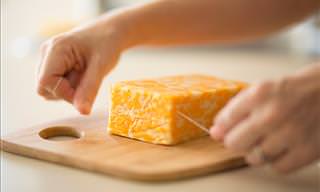
I Can't Believe I Never Knew About these Food Hacks
Your cooking experience is about to become a breeze with these useful tricks!

When on a Flight, Avoid These 8 Things....
To help you stay healthy and comfortable during your next flight, here are some crucial tips to keep in mind.


